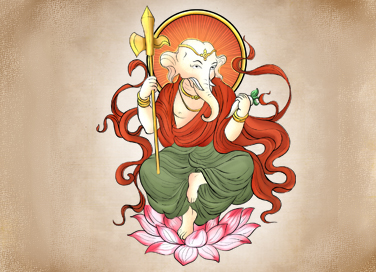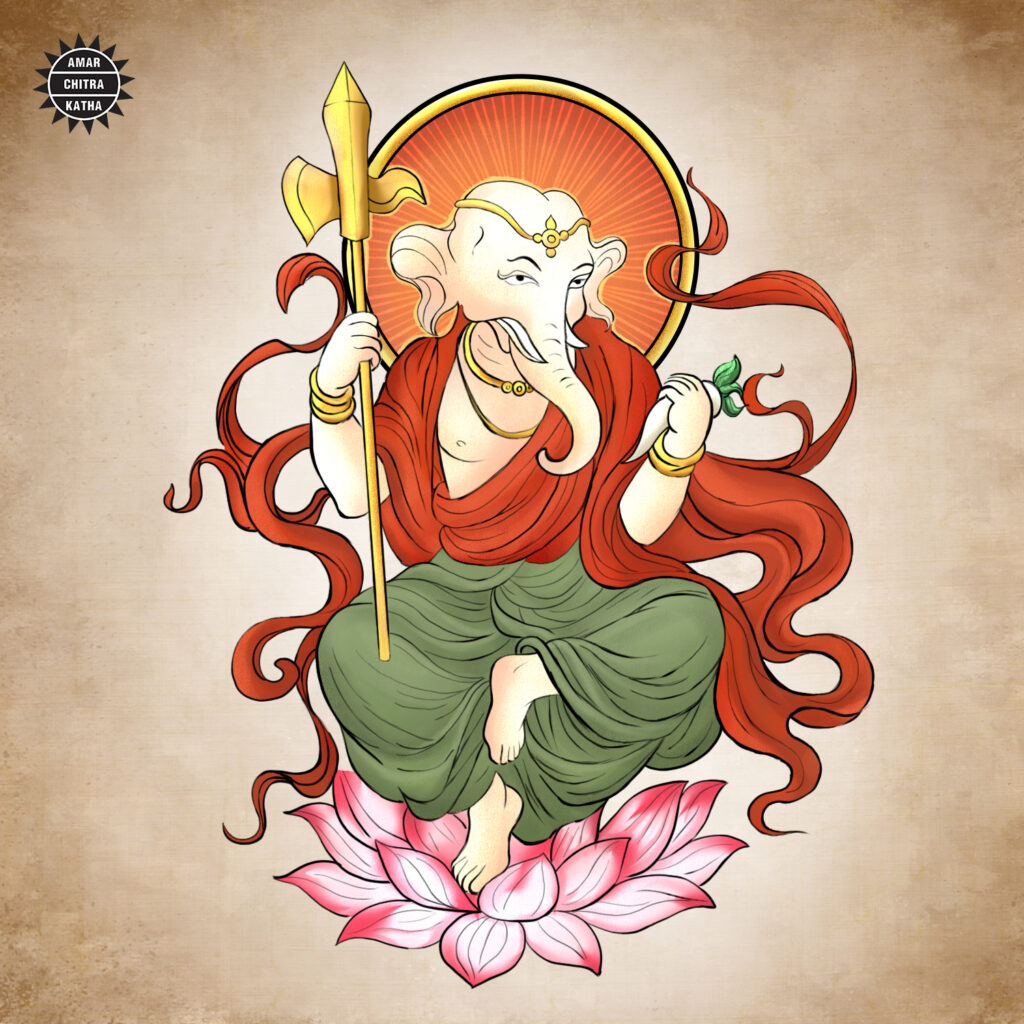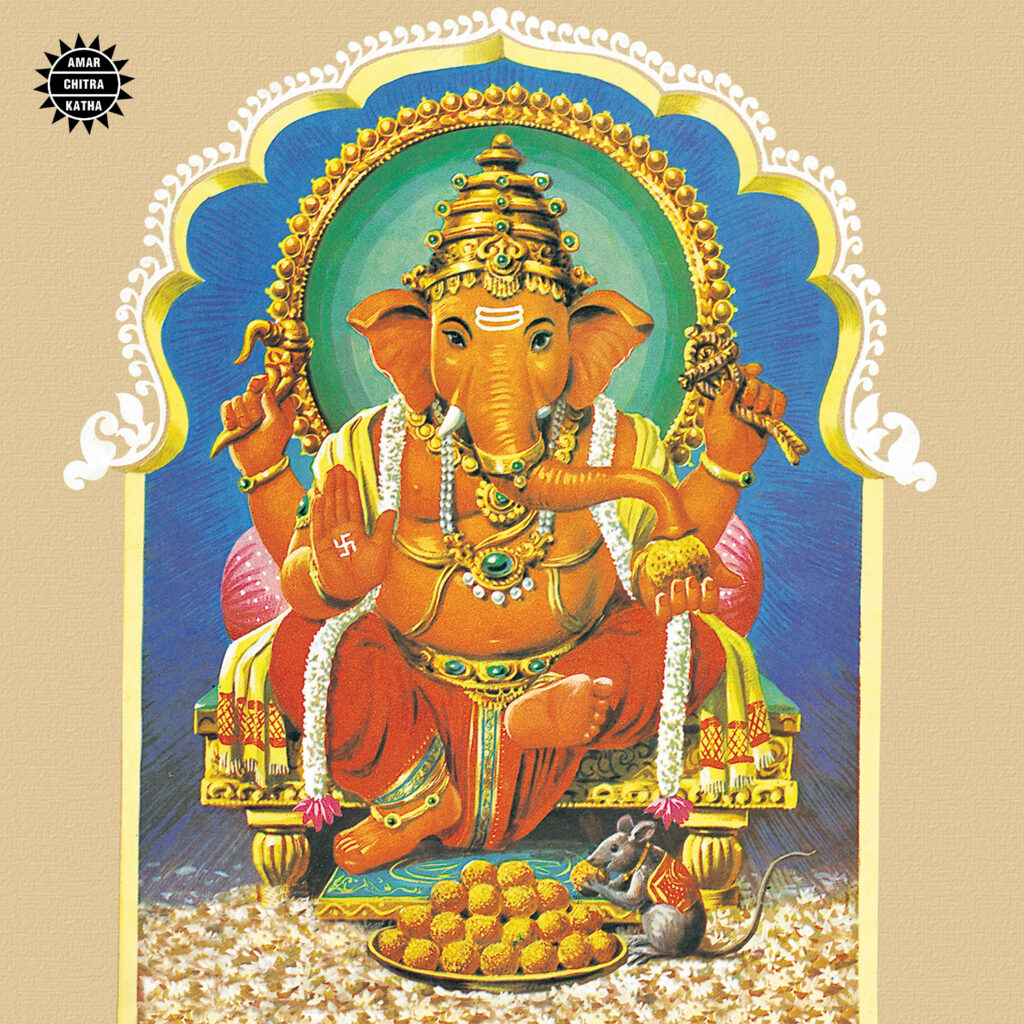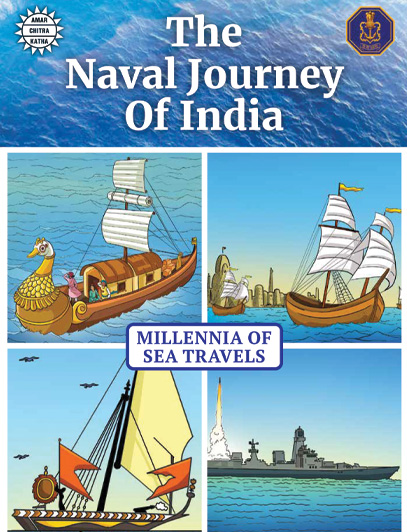Ganesh Chaturthi and the Evolution of Sacred Art
- August 26, 2025


Ganesh Chaturthi and the Evolution of Sacred Art
- August 26, 2025
by Keya Gupta
When you think of Ganesha, you picture the pot-bellied elephant-headed God, worshipped across India. But historically, Ganesha has travelled around the world, with the oldest surviving Ganesha statue being found in the Kung-sin province of China, in 531 CE!
In fact, Ganesha idols have been found all over the world, from Japan to the islands of Thailand and Indonesia and even Afghanistan. The Ganesha statue in Gardez, Afghanistan is from the 4th or 5th Century CE. That is about 2,500 years ago! Ganesha has even been adopted into other religions, and an idol can be found in the Buddhist temples in Japan. There he has been transformed into Kangiten, and this form of Ganesha is worshipped differently than we do here in India.
To receive more such stories in your Inbox & WhatsApp, Please share your Email and Mobile number.

But how did idols come into the form we see them in today? As we prepare for Ganesh Chaturthi, we must remember that these celebrations, and the idols, the centre pieces of our worship, represent a nearly 3,000-year-old tradition and craftsmanship evolving from simple stone to masterpieces.
The story of Ganesha sculptures begins nearly 3,000 years ago with statues of elephant-headed yakshas (nature spirits or minor deities in Hindu, Buddhist or Jain mythology) in ancient Mathura art. The Ganesha in Kung-sin, China, is dated around this era. During this time, the forms of Ganesha were still developing and were simpler and slimmer than what we see today.
A little bit later, Ganesha appears in his more classic form about 2,500 years ago in the famous sculptures in the Udayagiri caves in Madhya Pradesh and the carvings in the Elephanta Caves near Mumbai.
With time, Ganesha evolved to have more of the characteristic features that we recognise today. Early sculptures showed Ganesha with just two arms, but now he is usually depicted with four arms, each holding his broken tusk, a noose, a laddoo or a bowl of modaks, and an axe. These items are a visual representation of his ability to remove obstacles, his control over the mind, his love for sweets, and his power to destroy evil, respectively.

The worship of Ganesha developed later than that of other gods, sometime around 500-750 CE. While it was later than other gods, it was still in ancient times about 2,300 years ago. During this time, the Hoysalas of Karnataka built temples with incredibly detailed Ganesha statues, showing every piece of jewellery and fold of cloth. Around the same time, the Chola dynasty in the Tamil Nadu region created Ganesha idols with bronze casting, making them more portable and eventually leading to the idols we carry around in processions today.
About 200-300 years ago, Maratha rulers adopted Ganesha as their family emblem and built more Ganesha temples in a conscious effort to elevate Ganesha from a supporting deity to a main one.
In 1893, Lokmanya Tilak launched the first-ever Ganeshotsava festival to rally support against the British. This transformed Ganesh Chaturthi from a private family celebration to the grand public festival we know today. This evolution into a public festival created new demands on artists and sparked a shift from permanent stone or bronze statues to temporary clay ones meant for pandals and then visarjan (immersion in water).
Yet through every transformation, Ganesha’s essence remains unchanged. Today’s celebrations are the living heartbeat of a tradition that spans thousands of years. Master artisans in Mumbai and Pune don’t just carry on family trades, they are the guardians of a chain of devotion. In every festival idol, ancient traditions meet modern celebrations, proving that while art may change, the spirit it captures is timeless.
Read more about Ganesha on very own ACK Comics App.
To receive more such stories in your Inbox & WhatsApp, Please share your Email and Mobile number.

Comic of The Month
The Naval Journey of India Book I
This book is the first of a three-book series that takes a deep and detailed look at India's Naval History and a deep insight into the lives of our men and women in white. But any series on the Indian Navy has to start at the very beginning - exploring India's celebrated maritime history. Join our little hero, Bharat, and his grandfather, Commodore Sagar, as they sail into the deep blue waters of time. Book I of The Naval Journey of India takes a sweeping look at India's maritime endeavours, how the seas impacted us over millennia and how the oceans made us who we are.